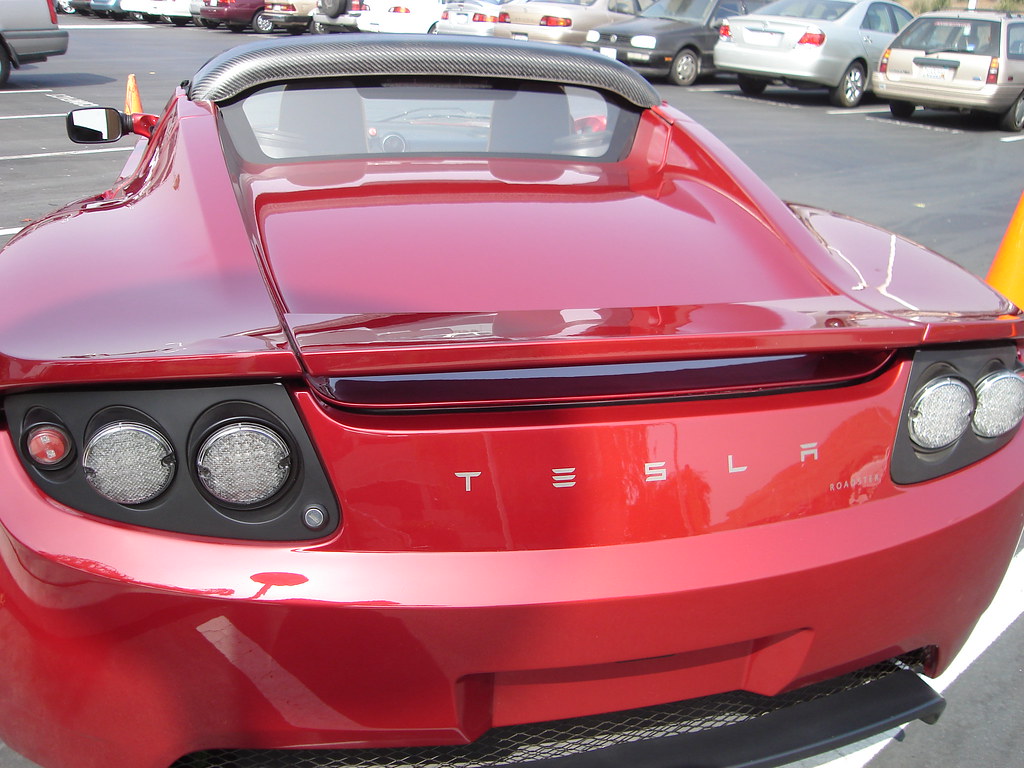
Photo by fogcat5 at licensed under CC BY-SA 2.0. Rechargd.com is reader supported. We may collect a share of sales or other compensation from the links on this page. As an Amazon Associate, we earn from qualifying purchases.
With the cost of gas prices continuing to escalate, many car owners are looking for other options. For some, the initial cost of an electric vehicle can put them off going over to the green side of vehicles but there are a variety of reasons why electric cars are good for the economy as well as their owners.
Governments are providing a wide variety of credits and incentives in a push to get more people to buy electric vehicles to help reduce carbon emissions. New technologies are also providing new job and business opportunities stimulating economies around the world.
Why Soaring Gas Prices is Encouraging The EV Transition
If you have not already heard about soaring gas prices, where have you been? For electric car owners, this does not forget them. With the uncertainty as to the future of gas prices, electric vehicles may be the way to go.
Reports show that power grids have the capacity to take on the extra charging from electric vehicles and charging electric cars has been found to be cheaper than running an ICE vehicle.
1. Fuel Efficiency
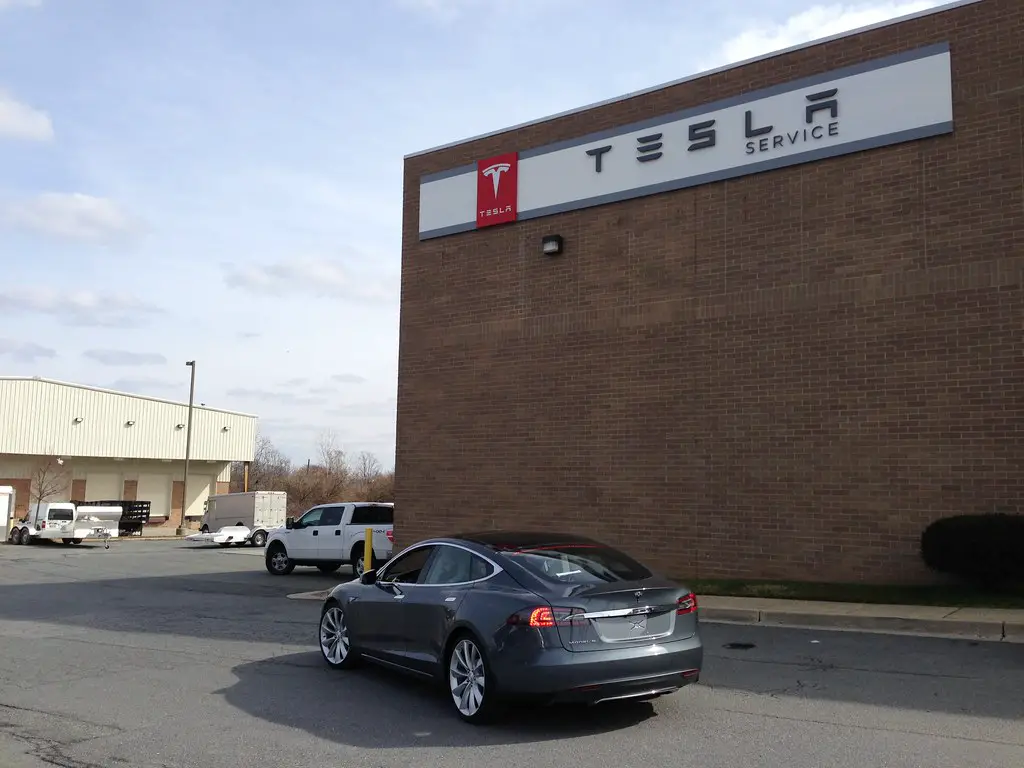
With the average gas price surging to over $4 per gallon, many car owners are feeling the pinch when it comes to running their cars. According to research from US National Renewable Energy Laboratory (NREL) EV owners can save up to $14,500 on fuel costs by driving an electric car. This is likely to increase as more charging stations are built and charging becomes more standardized.
Analysts at Your Electrical Supplies, Service and Solutions (YESSS Electrical) compared the cost per mile of charging an electric car to fueling new petrol or diesel car, using the electric charging and fuel prices at that time.
They found that UK drivers would save 68.6% of their fuel costs annually by switching from ICE (internal combustion engine) vehicles to electric ones. Drivers would save even when comparing electric vehicle charging costs to that fuel costs in older ICE vehicles.
2. Fluctuating Fuel Costs
When it comes to stored fuel is that the UK only has enough to power the UK for a few days, since the UK has had to look to other countries for fossil fuels since 2005.
This heavy dependency on international countries for fossil fuels leaves the UK vulnerable to rising fuel costs that are out of their hands.
Fuel prices are rising at the fastest pace in 30 years, rising by 7% in March alone. In the last 12 months, fuel prices have risen by 30.7%, the highest since January 1989 according to the National Office of Statistics.
Unfortunately, for many ICE vehicle owners, the woes of increasing fuel costs do not seem to be letting up. The cost of charging an electric vehicle on the other hand is not seeing any substantial changes, and if anything, as more charging stations and infrastructure, is built to support electric vehicles, the cost is likely to come down.
According to independent tests, if you charge your car at home to cover 9000 miles, a city-sized car will cost you approximately £500-580 and a large SUV could set you back between £670-830.
For an ICE vehicle, on a per-mile basis, fuel costs around 20p per mile for a petrol vehicle and 17p per mile for a diesel vehicle. So for 9000 miles, for comparison purposes, a petrol car would cost approximately £1,800 and £1,530 retrospectively.

3. Cleaner Air
We all know that ICE vehicles cause pollution by pumping unhealthy fumes into the air, but just how green are electric cars? Well, the answer is not totally straightforward. Taking into account production and electric charging as well as running an electric vehicle, they still come out as the greener option.
They emit fewer greenhouse gases and air pollutants, which has an impact on the environment as well as the health of its citizens.
Just one electric vehicle on the road for the year can save 1.5 million grams of CO2 on average, the equivalent of four return flights from the UK to Spain.
So where do the complications come in? Well, the batteries that are charged in electric vehicles often come from the electric grid, which is powered by fossil fuels such as coal and oil.
The production of the battery itself is also an energy-intensive process. Battery and fuel production for an electric vehicle has been found to be higher than that of traditional ICE vehicles, according to a study by MIT, however, it found that these initial environmental costs are offset later due to electric vehicles’ superior energy efficiency.
It is estimated that electric vehicles in the US emit about 200 grams of CO2 per mile compared to a hybrid car with an ICE engine which emits about 275 grams of CO2 per mile. An ICE vehicle, on the other hand, emits over 400 grams of CO2 per mile, a considerable difference.
4. Dedicated Parking Spaces And Access To Restricted Parking Zones

Whilst infrastructure is still being built to support electric vehicles, it is thought that as electric vehicle ownership increases that more provisions will be provided such as dedicated parking spaces and access to restricted parking zones.
This is going to be essential since not all households have a parking space where an electric charging system could be installed.
A number of cities are already adopting policies to support electric vehicles with Boston requiring that new construction projects allocate 5% of its parking capacity to be equipped with electric vehicle chargers.
A further 10% of its parking is required to have the infrastructure to enable chargers to be installed in the future.
Many other cities, not just in the US, are providing free or discounted parking for electric vehicles in multiple garages. It should be noted that charging facilities on the street is still very much in their infancy but again this is likely to change as electric vehicles become more popular.
5. The Total Cost Of Ownership
While the upfront costs of electric vehicles are more than that of new ICE vehicles regardless of geographical location, studies have shown that the overall total cost of ownership with electric vehicles is cheaper.
It is also thought that as electric vehicle production volumes increase and technologies with their batteries mature, the cost of electric vehicle ownership will decrease further.
The total cost of ownership varies widely depending on geographical location due to subsidies, taxes, and incentives when buying an electric vehicle which can account for up to 20% of the cost of the vehicle in some cases.
The cost of electricity versus fuel costs can be an interesting consideration. For instance, Germany has considerably higher electricity costs compared to the rest of Europe and relatively low fuel costs bring the TCO for an electric vehicle closer to that of an ICE vehicle.
In China, on the other hand, electricity costs are very low and public charging infrastructure is already well underway with over 1 million charging locations.
In the US, gasoline prices are relatively low but so are the subsidies for owning electric vehicles making it not currently as favorable in terms of the total cost of ownership, but nonetheless, electric vehicles overall come out more cost-effective.
6. The Power Of The Power Grid
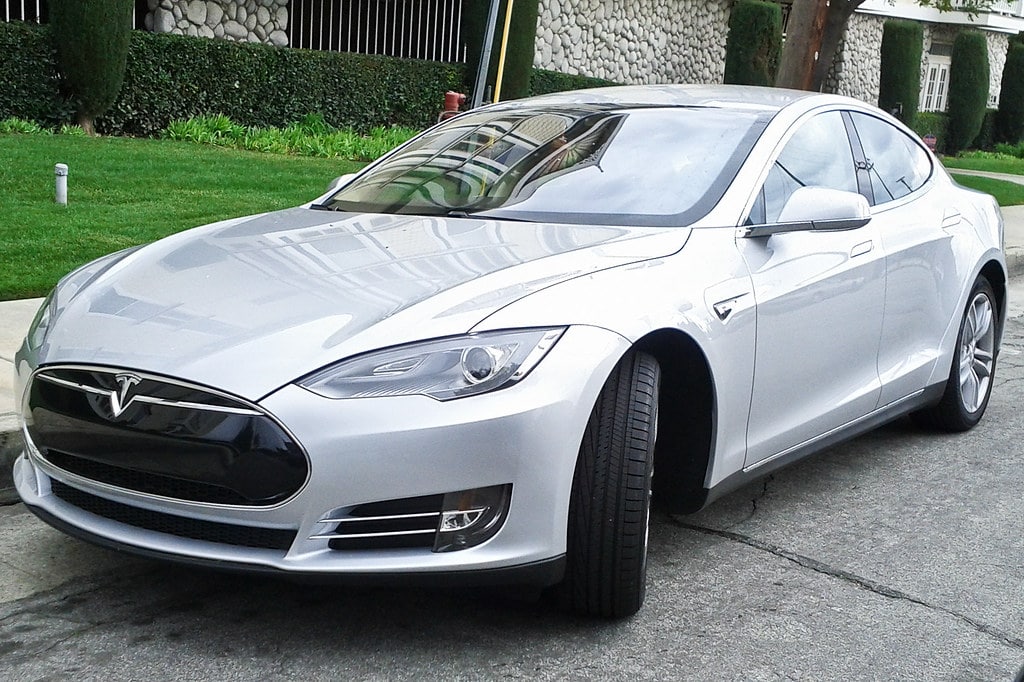
Although the power grid is often powered by fossil fuels, it is likely that over time and with greater pressure from governments to find greener solutions, alternative energy sources will be utilized.
However, one thing that should be noted is that electricity systems around the world currently operate at a capacity factor of less than 50%. This is because the system is built to ensure it can accommodate the highest annual peak demand.
With the estimated increase in electricity consumption due to electric vehicles, it will also generate income for power providers increasing profit margin which could see reductions in rates for electricity.
While many nay-sayers for electric vehicles often say the power grids will not be able to support electric vehicles, however, this is usually with the assumption all the electric vehicles in a country will be charging at the same time.
The likelihood of this is incredibly small and reports have shown that developed countries do indeed have the capacity to accommodate electric vehicles as they become increasingly popular. That is with using the capacity we have today with power but it is likely the power capabilities from the grid will also increase in the future.
7. Maintenance Costs
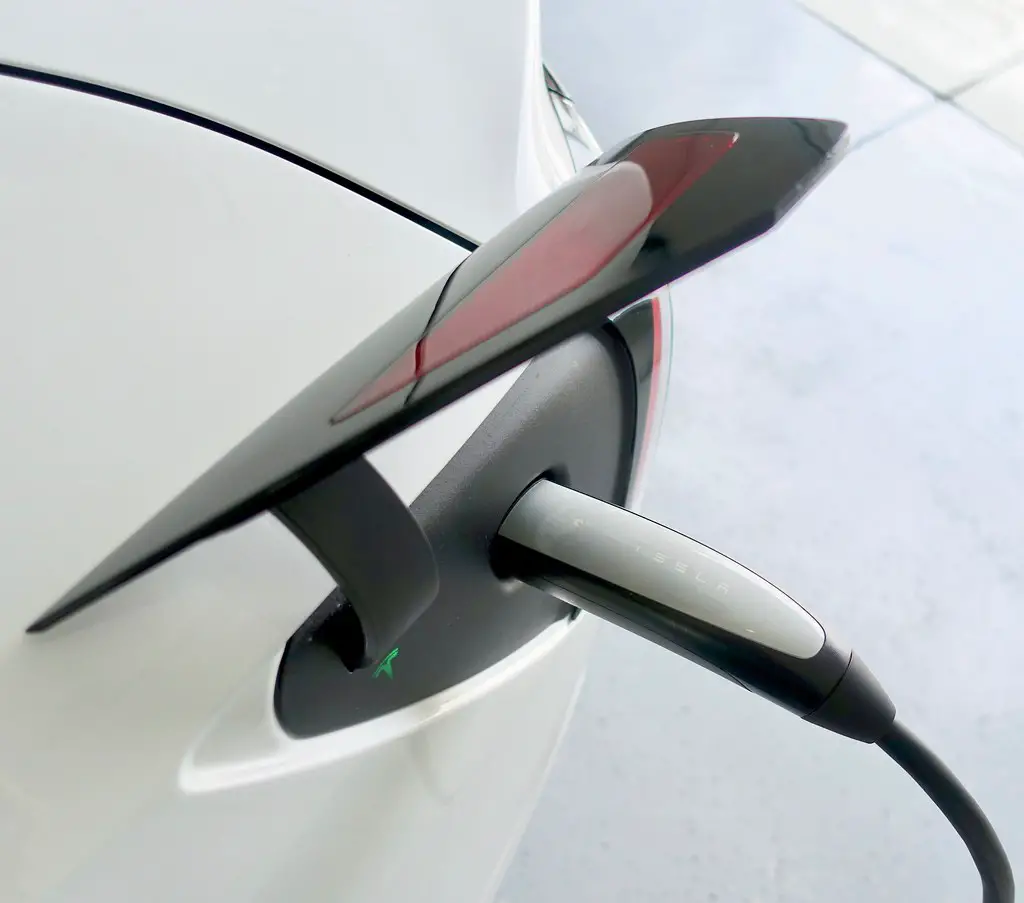
While the initial payment upfront may be more costly for an electric vehicle, maintenance costs are substantially lower than those of ICE cars. If you think of the make-up of the traditional vehicle with radiators and transmission that can fail, as well as, all the circuits, valves, and coils that make up a traditional car. Electric vehicles on average cost an average of $949 annually less than a gas vehicle to maintain.
Servicing also costs less for an electric car compared to an ICE one. A study from We Predict found that electric vehicles cost on average 31% to service over the first three years of ownership compared to ICE vehicles.
One of the reasons why electric vehicles are cheaper to maintain is that they have fewer moving parts and parts that can go wrong, and they do not need some of the routine maintenance that is needed in an ICE vehicle, like oil changes.
A similar study by the US Department of Energy found that per mile electric vehicles cost 6.1 cents per mile to maintain compared to ICE vehicles which cost on average 10.1 cents per mile.
8. Tax Credits And Other Incentives
Tax credits can also offset some of the initial costs of buying an electric vehicle, making owning an electric vehicle an attractive option. The US currently offers a federal qualified plug-in electric-drive motor vehicle tax credit for PHEV and electric vehicle purchases from certain manufacturers.
The tax credit of between $2,500-7,500 for new purchases depends on the size of the vehicle and the capacity of its battery. Some states and utilized offer other incentives too.
Low-emission vehicles in the UK are also eligible for a plug-in grant of up to £2,500 for cars. Only vehicles that have been approved by the UK are eligible and the grant is deducted from the cost at the dealership.
The UK government is also providing financial incentives for installing electric vehicle charging points at home. The Electric Vehicle Homecharge Scheme (EVHS) provides a grant of up to 75% of the cost of installing an EV charging point at your home.
While tax credits do not initially directly benefit the economy, they do cut down on reliance on fossil fuels and pollution costs for the environment. The reduction of pollution also has an impact on the overall health of people.
9. Reducing Noise Pollution
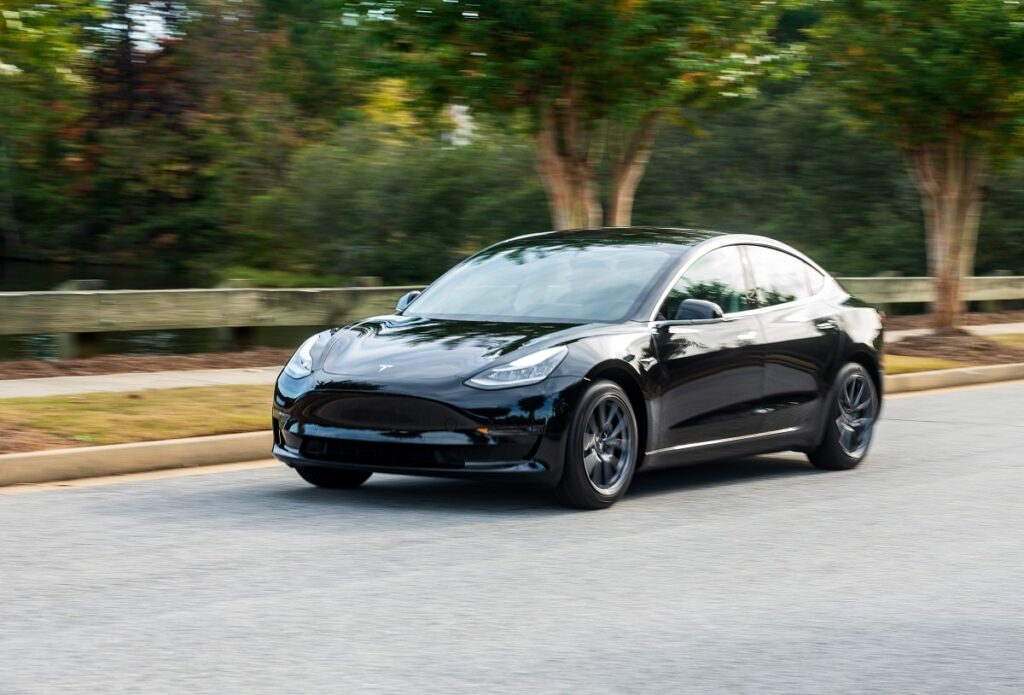
As electric vehicles do not have internal combustion engines like traditional cars, they are very quiet for both the driver as well as outside. To make matters worse, some ICE vehicle owners get modified mufflers that only enhance the noise of their vehicle leading to further noise pollution.
Although noise pollution is often thought of as rather insignificant compared to other types of pollution, studies have shown that it has been linked to increased anxiety, depression as well as, heart disease, and even strokes. Links between noise pollution and atrial fibrillation, an irregular heartbeat, have also been found.
Although a lot of different noises can contribute to noise pollution, cars and traffic are one of the main contributors, contributing to approximately 55% of the total noise pollution in a populated area.
People who drive in electric vehicles have been found to experience less stress with 70% of motorists believing a quieter car cabin would improve their mood and reduce stress during their journey.
The health benefits of driving electric vehicles compared to normal ICE vehicles has implications for the overall health and wellbeing of people. This then has economic implications for government-funded medical services like the NHS and other publicly funded health facilities.
10. No Congestion Charge
All-electric cars are exempt from congestion charges in the UK. The Cleaner Vehicle Discount offers a 100% discount for all vehicles that meet Euro 6 emissions standards, which emit less than 75g/km of CO2 and have a minimum 20-mile electric-only, zero-emission capable range.
The congestion charge was brought in to help reduce pollution in some of the most congested areas in the UK as one of its measures to make UK roads greener. The formal charge applies to certain areas like parts of London at certain times of the day. Vehicles that do produce a certain amount of emissions are required to pay a £15 charge a day or risk paying a fine.
The fact that electric vehicles are exempt from the charges is another reason why owning an electric car may be preferable to an ICE vehicle.
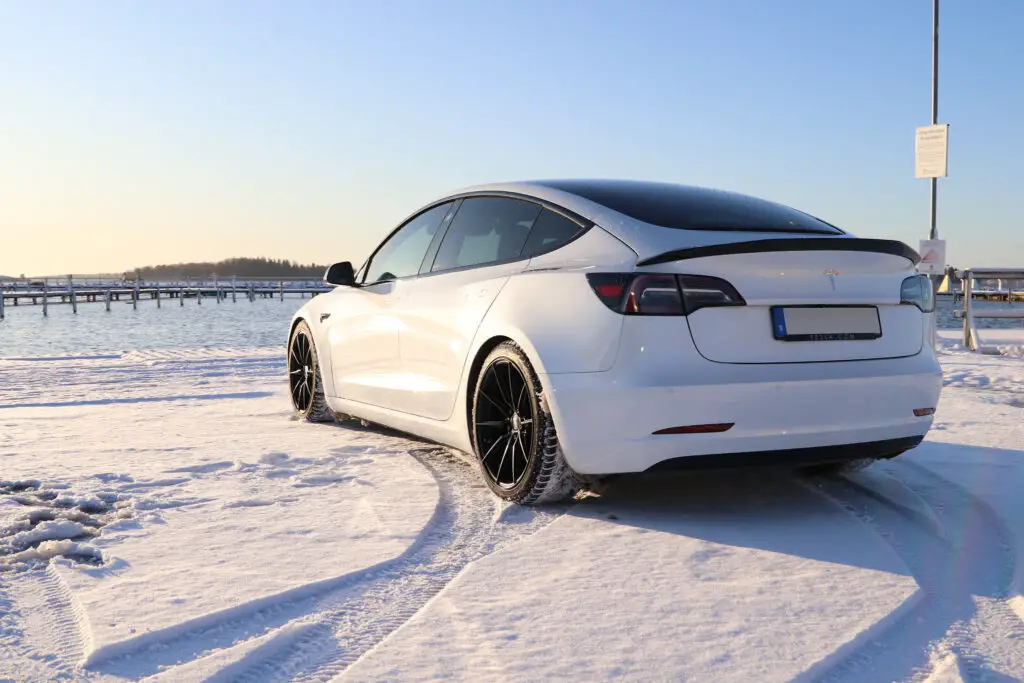
11. Increased Resale Value
While there are many economic reasons why owning an electric vehicle may benefit the economy, the retention of its value in resale is another factor.
Most ICE vehicles retain 51% of their retail value after three years of ownership. However, electric vehicles have been found to retain as much as 60% of their retail value after the same length of time owning the car.
When you take into account that electric vehicles can be more expensive to purchase in the first place, the difference in price is quite significant. Tesla Motors in particular has boasted that the Model 3 is expected to retain 64.3% of its retail value after three years.
One factor that should be considered is any federal credits that offset the original cost of purchasing an electric vehicle in the first instance.
One thing that is shown across the board is that electric vehicles do retain their value compared to ICE vehicles, and in many instances retain more value than ICE vehicles.
12. Better Driving Experience

One of the benefits of electric vehicles is the driving experience which is made possible with things like regenerative braking. All-electric vehicles have some type of regenerative braking system which use the electric motor to slow the vehicle down whilst putting some electricity back into the battery.
This type of braking is not only efficient but also reduces wear and tear meaning brake disks and pads need maintenance less often.
Electric vehicles also have more responsive acceleration being able to deliver maximum torque from rest, unlike ICE vehicles which must rev up progressively. The lack of needing to shift gears not only makes for a smoother ride but also puts less pressure on the vehicle’s components meaning less wear and tear.
GPS and other location systems also help find the most efficient route cutting down on unnecessary detours and finding the most cost-efficient way.
GPS tracker can also help with monitoring the vehicle’s state of charge so that you can plan to charge stops ahead of time. Trip optimization also helps with cutting driving distances to a minimum, factoring in stops at charging stations to make life easier.
13. Embracing New Technologies
Electric vehicles tend to be the testing ground for new technologies, from the connectivity that connects directly with devices and sensors to make roads safer by monitoring traffic to monitoring driver behavior which can be used to improve vehicle performance whilst making roads safer.
Technologies for autonomous driving are also being built into electric vehicles cutting down or eliminating human error. Autonomous vehicle technologies reduce the number of accidents but also reduce CO2 emissions due to decreased idling.
Commute times are also reduced due to the increased efficiency of driving. According to McKinsey, the public is forecast to benefit by $800 billion annually.
With the new technologies being built into electric vehicles we can expect to see improvements in overall traffic management, more cost-effective driving, and increased safety.
14. Job and Business Opportunities
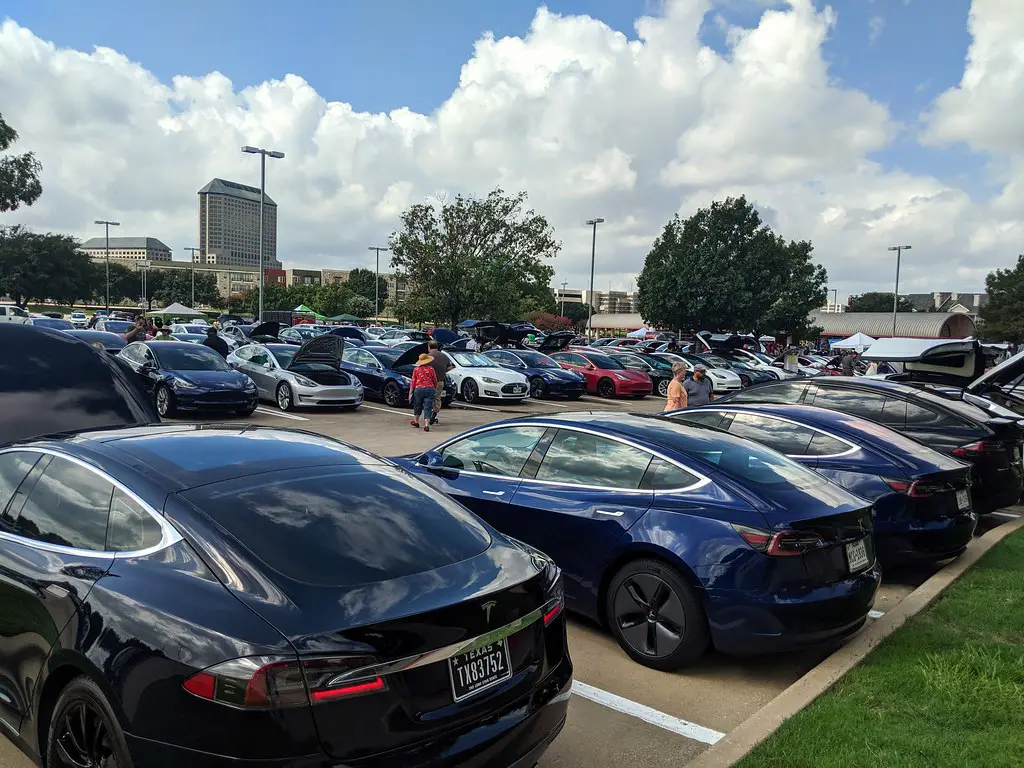
One of the key benefits of any new technology is the jobs that will be created as well as the businesses that will be created around it. Forecasts for the electric vehicle industry are strong with some predicting the market size from 2021 which was $287.36 billion to reach $1318.22 billion by 2030.
With this increase in growth, it is expected that job opportunities in this sector will also increase. The new technologies being built into electric vehicles will also provide new business opportunities.
Although the traditional ICE vehicle workforce will decrease as governments around the world push for greener vehicles, the electric vehicle sector is still new with a wealth of new opportunities and will likely continue to evolve as the technologies mature.
Here are just 14 reasons why electric cars are good for the economy, from fuel considerations to pollution and environmental factors, to ownership costs.
While many hesitate due to the initial more expensive costs of buying an electric vehicle, it is clear that electric vehicles make up their costs later on benefitting from lower maintenance costs to fuel efficiency.
New technologies like autonomous driving and connectivity are also making driving more efficient and safer. The health implications of driving electric vehicles as opposed to ICE vehicles also contribute to the overall economic benefit electric cars bring.
